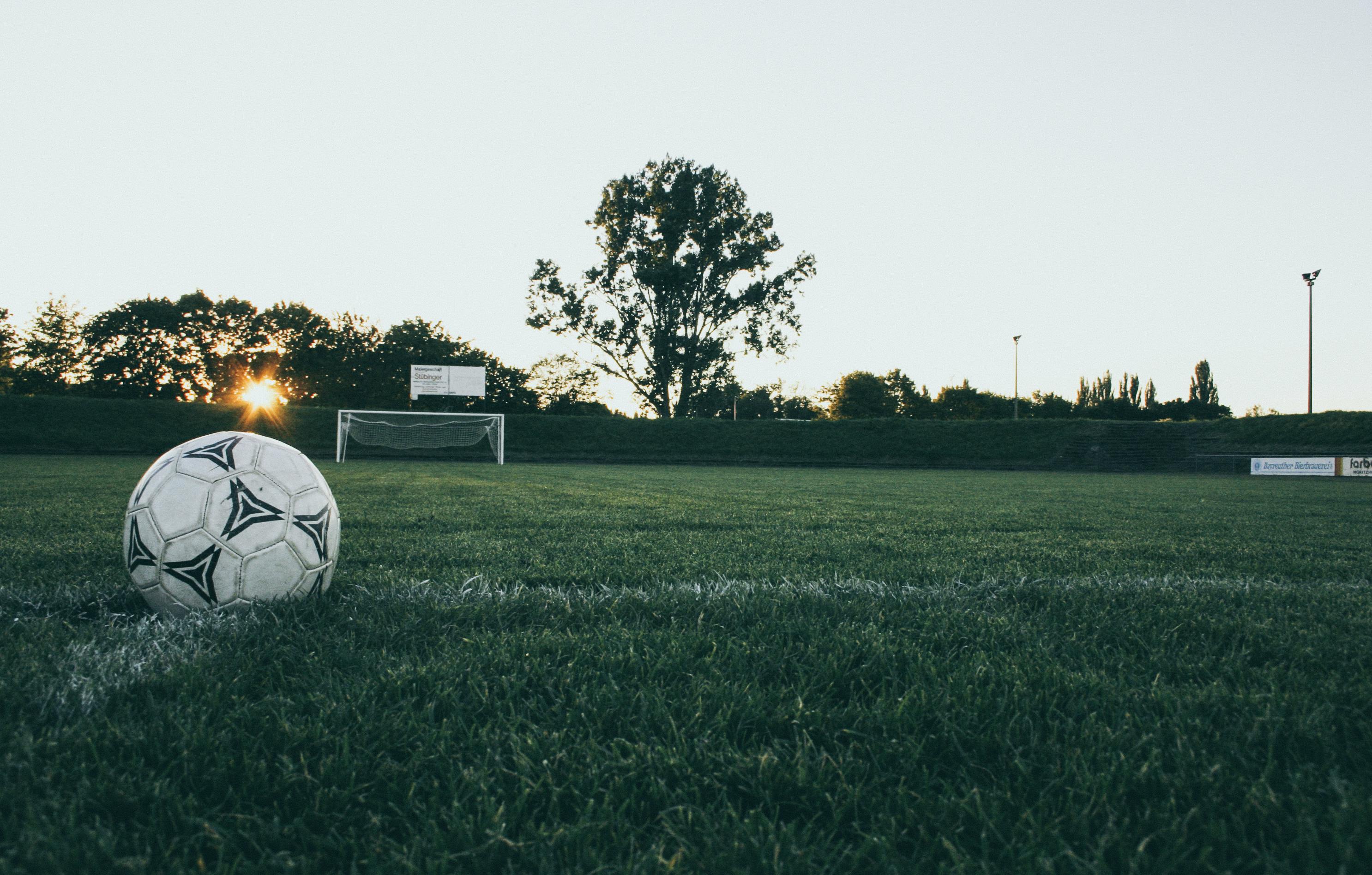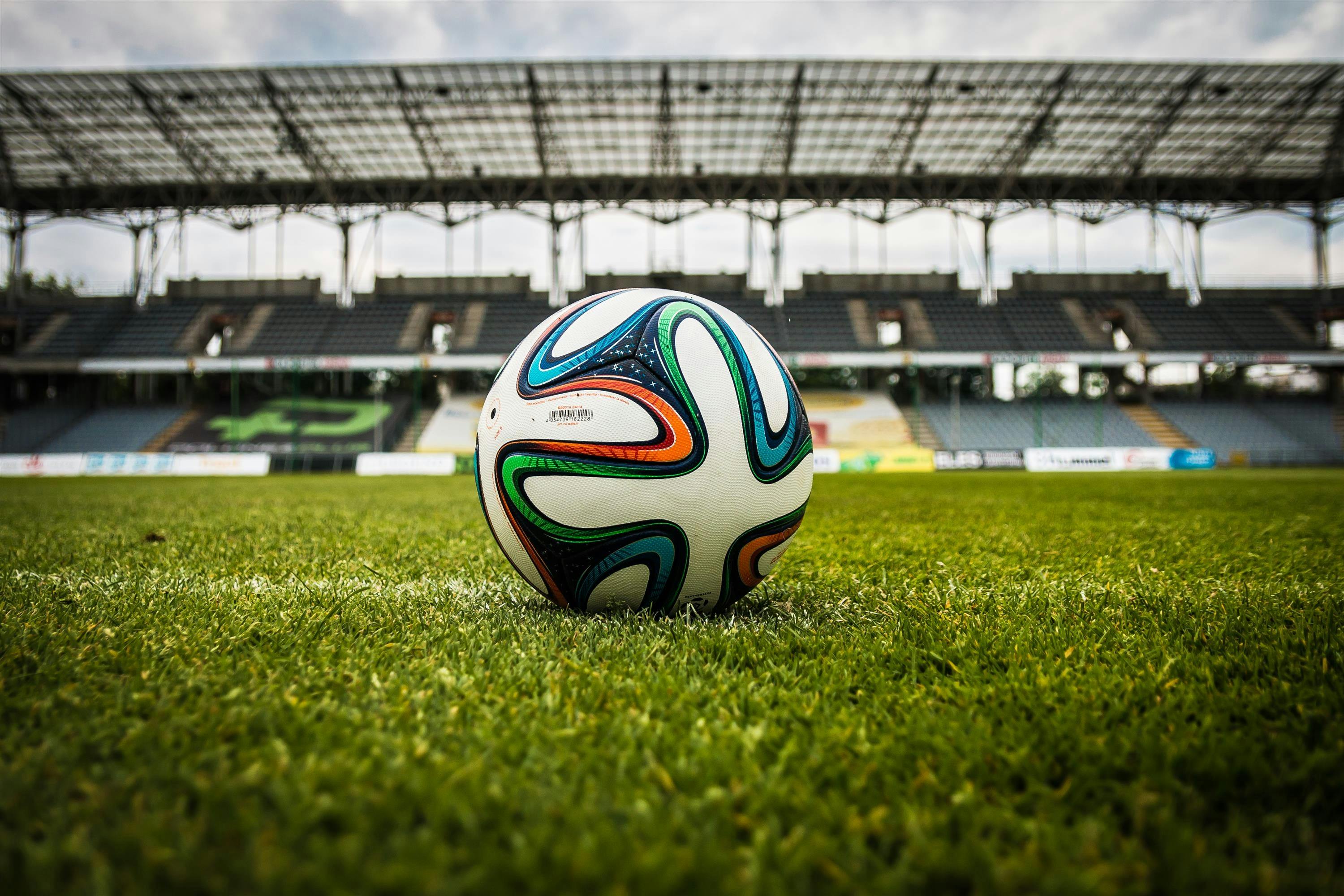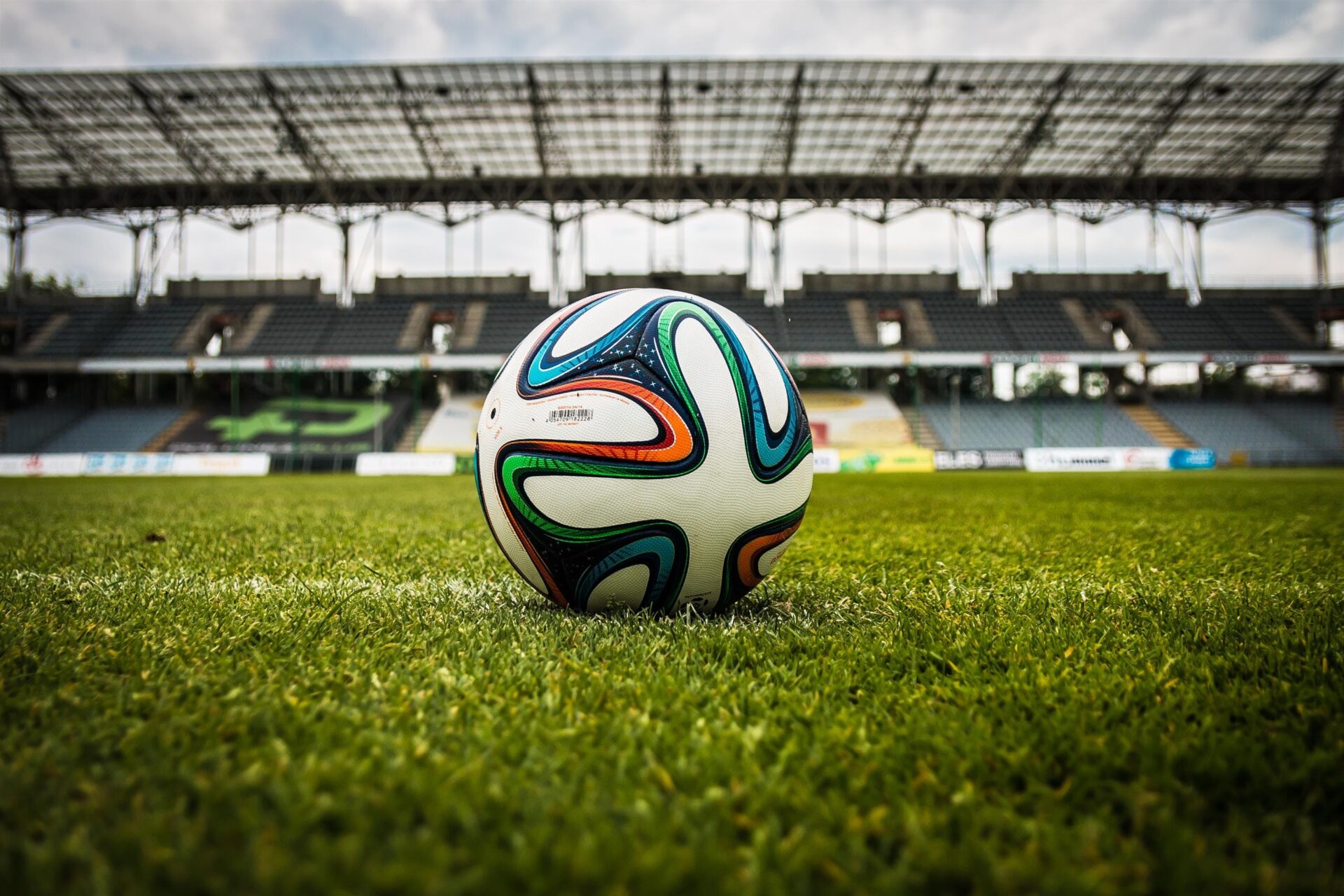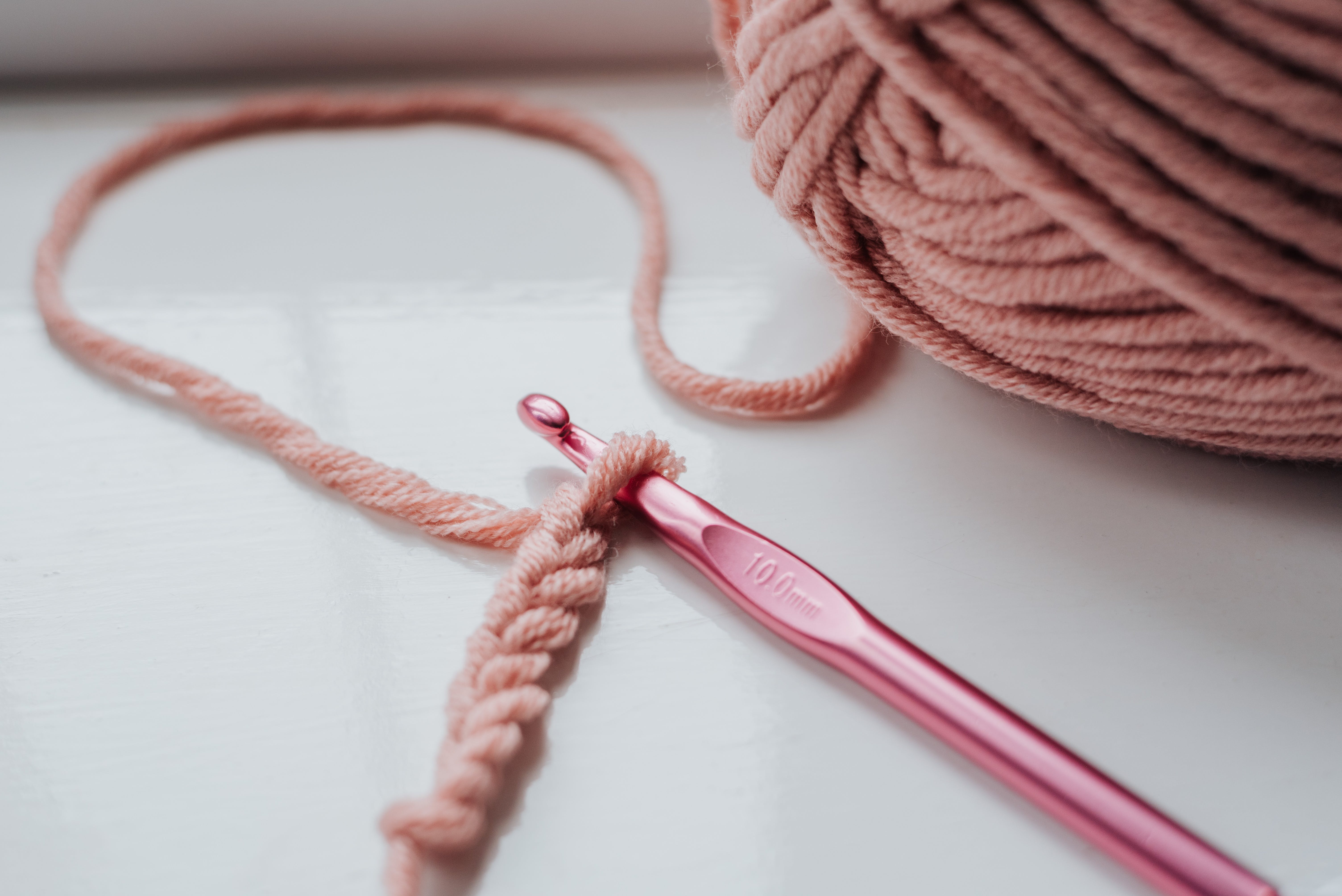A soccer ball is a vital piece of equipment for any soccer game. It is important to know the size of a soccer ball so that teams can properly equip their players with the right size ball. Soccer balls come in a variety of sizes ranging from size 3, which are for children and youth players, to size 5, which is what is used in professional matches. This article will discuss the various sizes of soccer balls and their uses.The size of a soccer ball is typically between 68 cm and 70 cm in circumference and between 410g and 450g in weight.
Soccer Ball Sizes Explained
Soccer is a popular sport played worldwide. The size of the ball used in soccer depends on the age and level of the players. Soccer balls come in various sizes, ranging from size three for very young players all the way up to size five for professional players. Each size has its own unique properties and characteristics.
Size three soccer balls are best suited for players between the ages of 4 and 8 years old. These balls are smaller in circumference and weigh less than other sizes. This makes them easier to control and handle, which is beneficial for younger players who may not have as much strength or experience as more experienced players. They also have fewer panels, making them easier to kick accurately.
Size four soccer balls are most commonly used by youth leagues and recreational leagues where players are between 8 and 12 years old. They are slightly larger than size three balls, but still lightweight enough for younger players to control easily. Size four balls have more panels than size three balls, making them more accurate when shot or passed over distances longer than 10 yards.
Size five soccer balls are the standard size used by professional leagues worldwide, including Major League Soccer (MLS) in North America and the English Premier League (EPL) in Europe. These soccer balls are heavier and larger than their smaller counterparts, measuring 27-28 inches in circumference and weighing 14-16 ounces when fully inflated. With 32 panels on a standard size five ball, it is considered one of the most accurate soccer balls available today due to its greater accuracy when passing over long distances or shooting at goal posts from far away distances.
No matter what age or skill level you are playing at, it is important to use the right sized soccer ball to ensure you get the best performance out of your game play!
International Standard Soccer Ball Sizes
Soccer balls come in a range of sizes, from the tiny ones used in children’s games to the large ones used in professional matches. The sizes of soccer balls vary depending on the age group and level of play. In general, FIFA, the world governing body for football, has set international standards for soccer ball sizes. These standards are divided into four categories: size 3 for children under 10 years old, size 4 for children between 8 and 12 years old, size 5 for adults and professional players, and size 6 for goalkeepers.
Size 3 soccer balls are typically 20-22 inches (50-55 cm) in circumference and weigh around 11 to 12 ounces (310-340 g). They are made with synthetic leather or a soft rubber material and are ideal for recreational play.
Size 4 soccer balls have a circumference of 25-26 inches (63.5-66 cm) and weigh between 13 to 14 ounces (370-400 g). These balls are usually made of synthetic leather or soft rubber materials that offer good grip on grassy surfaces. They are suitable for recreational play as well as competitive matches between 8 to 12 year olds.
Size 5 soccer balls have a circumference of 27-28 inches (68-70 cm) and weigh between 14 to 16 ounces (400-450 g). These balls are made from either synthetic or natural leather materials that provide excellent grip on hard surfaces such as artificial turf pitches. They are suitable for both recreational play and competitive matches among older players aged 13 and up.
Size 6 soccer balls have a circumference of 28–30 inches (71–76 cm) and weigh between 15–17 ounces (425–480g). These large sized balls have a unique design that offers enhanced air retention capabilities while providing players with improved control on their shots during playtime. Goalkeepers use these specially designed soccer balls due to their larger size which allows them to better cover the goal area when defending against incoming shots from opponents.
Overall, FIFA’s international standards provide an important guide regarding the appropriate sizes of soccer balls used at different levels of play. With this system in place, it helps ensure that all players can enjoy safe and enjoyable soccer games regardless of their age or skill level.
What Size Soccer Ball Should I Buy?
When it comes to buying a soccer ball, size matters. The right size soccer ball can make all the difference in your game, as it affects the distance it travels, how well you can control it, and how accurate your shots and passes are. So, what size soccer ball should you buy?
The size of soccer ball you need depends on your age and level of play. For children under 8 years old, a size 3 is the most appropriate choice. This smaller ball has a circumference of 22-23 inches and is a good option for young players learning the basics of the game.
Older children aged 8-12 should opt for a size 4 ball with a circumference of 25-26 inches. Players aged 12 and over should look for a size 5 ball with a circumference of 27-28 inches. This is the official size used in professional soccer matches and is recommended for those players looking to take their skills to the next level.
When shopping for your soccer ball, be sure to look for one made from quality materials such as PU or TPU synthetic leather that will hold up against wear and tear from regular use on hard surfaces. It’s also important to purchase one that is properly inflated so that it maintains its shape over time.
To find the right soccer ball for you, consider your age, playing level, and surface where you’ll be playing most often before making your purchase. With these factors in mind, you’ll be able to find the perfect size soccer ball that meets your needs!
Youth and Junior Soccer Ball Sizes
Choosing the right soccer ball size is an important decision for any young player. Soccer balls come in three sizes, and each size is designed for a specific age group. The most common size for youth and junior soccer players is Size 4, while Size 3 is used by younger players and Size 5 by adults. Youth and junior soccer balls are typically 27-28 inches in circumference, while adult soccer balls are 28-29 inches in circumference.
When buying a soccer ball for a youth or junior player, it’s important to consider their age, gender, and skill level. Generally speaking, younger players should use smaller balls that are easier to control while more experienced players can use larger balls that provide more power when striking the ball during play. Boys’ and girls’ sizes may also differ slightly due to differences in muscle mass and strength between genders.
In terms of weight, the lighter the ball the better for younger players who may not have the strength to kick heavier ones accurately or consistently. Heavier balls are typically better suited for older players who may be more physically developed.
The material of a soccer ball is also important to consider when choosing the right size. Balls made from synthetic or leather materials tend to be lighter than rubber ones, making them easier to kick for younger or less experienced players who have less leg strength.
Finally, it’s important to make sure that whichever size you choose fits properly with your chosen goal posts so that all other equipment works together properly on the field during playtime.
When selecting a soccer ball size for your youth or junior player, it’s essential to remember the above factors so you can make sure your young player has an enjoyable experience on the field!

Women’s Soccer Ball Sizes
Women’s soccer ball sizes vary depending on the age group and the level of play. For youth soccer, the size of the soccer ball is determined by the age group, with size three being used for 8-12 year olds, size four for 12-16 year olds and size five for 16 and older. At higher levels of play, such as college or professional games, a size five ball is used exclusively. The circumference of a size five soccer ball is 68-70 cm (27-28 in) and its weight is 410-450 g (14-16 oz).
The material used to make women’s soccer balls also differs depending on the level of play. Size three balls are typically made from PVC or PU synthetic leather while size four and five balls are usually made from either genuine leather or synthetic leather. The bladder material inside the ball will also vary depending on the quality of the ball; low quality balls will have latex bladders while higher quality balls will have butyl bladders.
When shopping for women’s soccer balls it is important to know what type of material is used in order to ensure that it meets all safety standards. It is also important to consider what type of surface you will be playing on since different surfaces require different types of materials. For example, indoor surfaces may require a softer synthetic leather while outdoor surfaces may require a harder leather material.
Futsal and Indoor Soccer Ball Sizes
Futsal and indoor soccer balls are designed to be used on a hard surface such as a gym floor or an artificial turf. These balls typically have a smaller circumference than outdoor soccer balls, making them easier to control and maneuver in the confined space of an indoor court. Futsal and indoor soccer ball sizes vary depending on the age group of the players, with smaller balls used for younger players and larger balls for older players. The standard sizes for an adult futsal or indoor soccer ball are size 4 for men, size 5 for women, and size 6 for youth players.
The International Football Federation (FIFA) has established official rules regarding the size of futsal and indoor soccer balls. According to FIFA rules, all futsal and indoor soccer match balls must have a circumference between 62 cm (24 inches) and 64 cm (25 inches). The weight of the ball must also be between 400 grams (14 ounces) and 450 grams (16 ounces). The pressure of the ball should be between 0.4 bar (400 millibars) and 0.45 bar (450 millibars).
It is important to note that different sizes are available for recreational use or practice sessions. Recreational futsal or indoor soccer balls can be slightly larger than match-standard size 5 or 6 balls, with a circumference of up to 65 cm (25.6 inches). These recreational-sized balls are designed to be slightly softer than match-standard sized futsal or indoor soccer balls, making them more suitable for casual play or practice sessions.
When selecting a futsal or indoor soccer ball, it is important to consider the age group of the players as well as the requirements for competitive matches. It is also important to choose a ball that meets FIFA standards regarding size, weight, pressure, and construction quality.
Soccer Ball Sizes
Sizing up a soccer ball is important for any match or game. Soccer balls come in a variety of sizes, ranging from size 3 for the youngest players to size 5 for adult professional matches. When selecting the appropriate ball size for a match, it is important to consider the age and skill level of the players. Size 3 soccer balls are best suited for children ages 8 and younger, while size 4 is suitable for ages 8-12 and size 5 is ideal for ages 12 and above. Professional matches typically use size 5 soccer balls due to their durability and larger circumference, which allows for better control of the ball during play.
In addition to age and skill level, it is also important to consider the playing surface when picking out a soccer ball. Artificial turf surfaces require a softer soccer ball than natural grass surfaces, so make sure to select the appropriate type of ball if playing on either of these surfaces. Softened leather soccer balls are recommended for artificial turf surfaces while natural leather balls are best suited for natural grass surfaces. Additionally, softer leather balls may be used in wet conditions as they will not absorb as much water as hard leather ones do.
Overall, choosing the right soccer ball size can make all the difference during play. When picking out a ball, be sure to consider the age and skill level of players as well as the playing surface in order to select the most suitable ball size. Doing so will ensure that everyone has an enjoyable experience on game day!

Conclusion
A Soccer Ball is a type of sporting equipment designed to be used in the sport of soccer. The size of a soccer ball is typically determined by the age and skill level of the players. For children, smaller balls are typically used, while adult players usually require larger balls. Additionally, the size of a soccer ball may vary depending on the type and brand. Ultimately, it is important to select the proper size for each individual player in order to ensure they are able to properly enjoy and play the game.
In conclusion, it is important to consider the size of a soccer ball when selecting one for your needs. Different sizes are available depending on age and skill level, so be sure to select one that fits your needs best. Additionally, different brands offer varying sizes so you can find one that meets your criteria. With proper selection of size and brand, you can ensure that each player will be able to enjoy their time on the field with their Soccer Ball!




